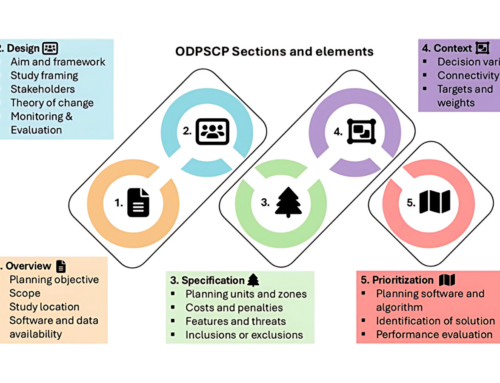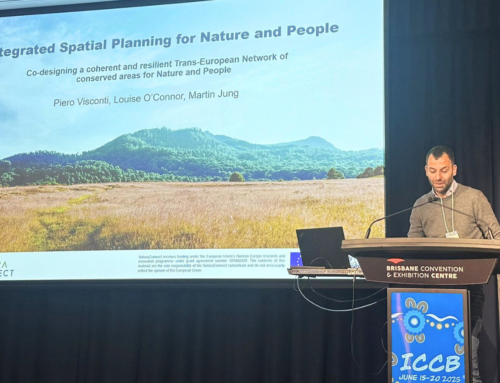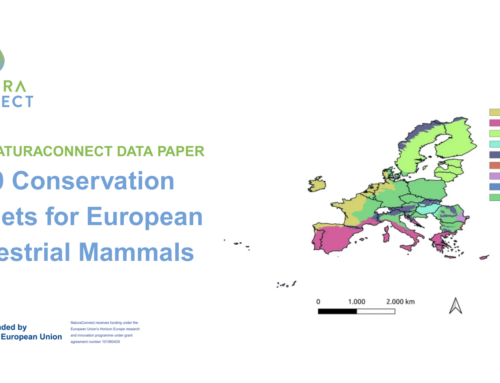Knowledge-sharing and trans-disciplinary approaches – hailed as the way forward at 7th Conference of the Parties to the Carpathian Convention
Experts, enthusiasts, and conservationists came together on October 11, 2023, in Belgrade, Serbia, to explore the importance of ecological connectivity in the Carpathian region and discuss the strategies needed for cross-sectoral collaboration. The NaturaConnect project and its team were lead actors at the Carpathian Convention COP7 Stakeholders’ Consultation.
‘Holistic perspective’, ‘multi-dimensional approach’, ‘policy coordination’, ‘information sharing’, ‘broad approach’ – were the key messages that NaturaConnect brought to the discussions table.
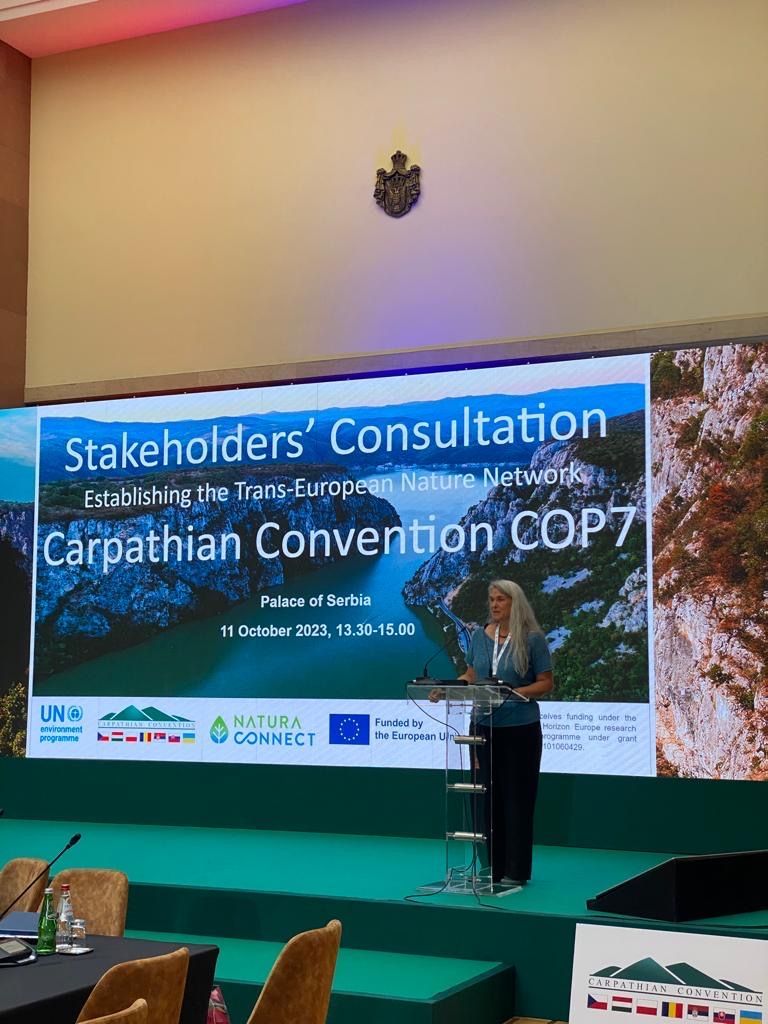
The Carpathian Convention COP7 consultation began with insightful presentations from key figures. Cristian Remus Papp of WWF-Romania, a partner in the NaturaConnect project, introduced ecological connectivity and its relevance to the Carpathian region. Cristian emphasized the threats posed by habitat fragmentation and the need for a holistic perspective to ensure the conservation of this unique ecosystem.
Harald Egerer, Head of the Secretariat of the Carpathian Convention, highlighted the importance of ecological corridors for the Carpathian region and the challenge of maintaining ecological connectivity in mountainous areas. These corridors play a crucial role in connecting landscape elements for nature, but they are also vital for economic development. NaturaConnect, along with other past and ongoing projects, has been instrumental in developing tools and strategies that align with the goals of the Carpathian Convention, contributing to the preservation of the region’s biodiversity.
Moreover, the Carpathian Convention has actively engaged with various international conventions and platforms, recognizing the significance of collaboration.
Key Insights from Discussions: The breakout sessions, a vital part of the consultation, unearthed critical insights that resonate with NaturaConnect’s mission:
- Social Acceptance and Legislation: NaturaConnect aligns with the need for better social acceptance, more effective implementation of legislation as well as capacity building to promote ecological connectivity.
- Multi-dimensional Approach: NaturaConnect acknowledges the importance of a multi-dimensional approach that considers species-specific instruments, land-use practices, and cross-realm interactions.
- Climate Change Resilience: As NaturaConnect broadens its perspective, it recognizes the imperative of climate change considerations in ecological connectivity planning.
- Collaboration and Funding: NaturaConnect supports enhanced policy coordination, information sharing, and the need for novel funding opportunities to boost ecological connectivity efforts.
- Public Participation: NaturaConnect believes that active public participation is key to the successful implementation of ecological corridors.
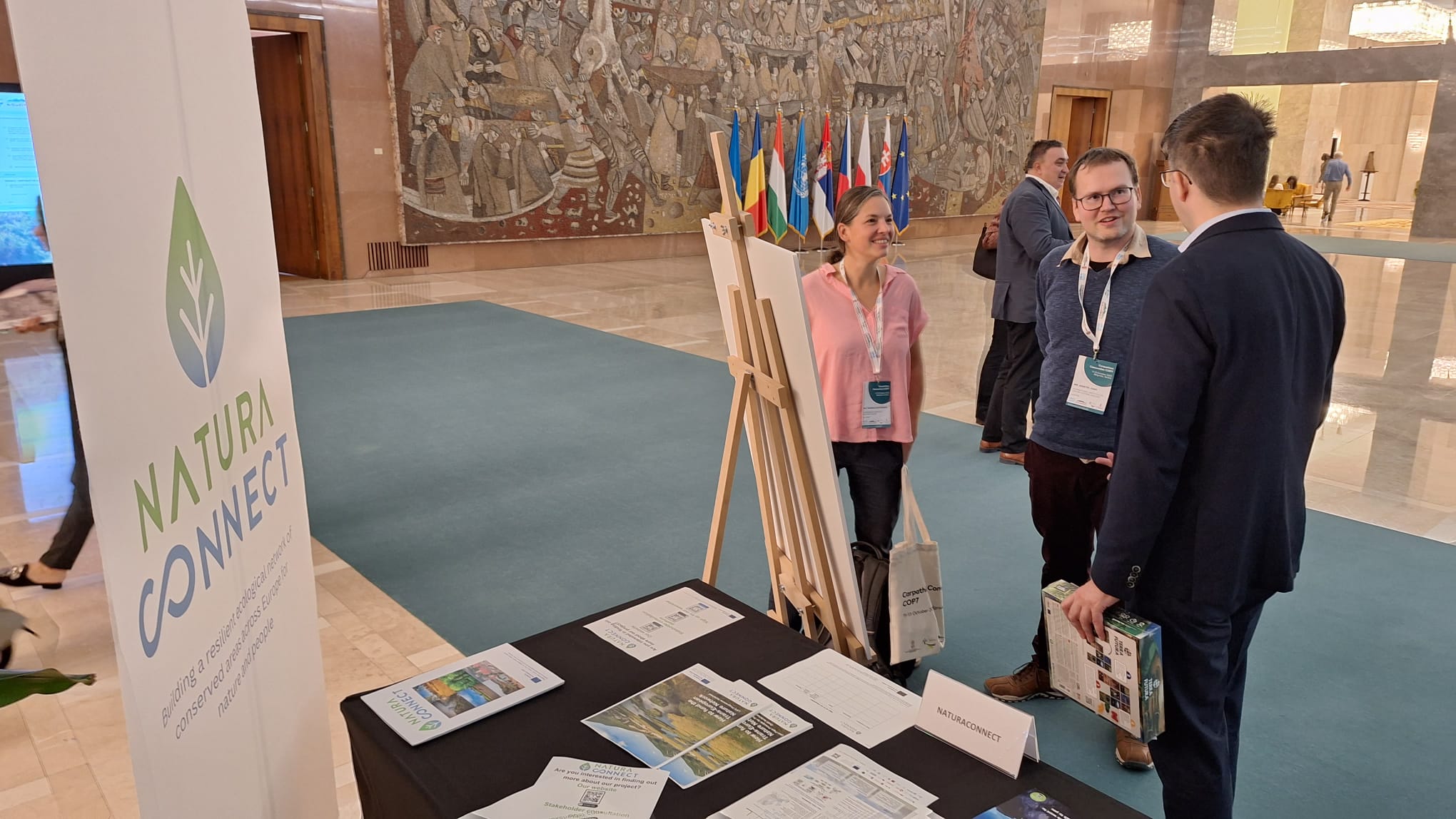
The consultation explored how the Carpathian Convention’s cooperation mechanisms, especially working groups, can support ecological connectivity. NaturaConnect aims to play an influential role in prioritizing new areas for the Trans-European Nature Network in the Carpathians.
Alongside breakout sessions, there were also panel discussions. The panel discussions featured experts who provided insight into how their organizations and projects can advance work on ecological connectivity. NaturaConnect was a central focus of the discussion, with panelists underlining its broad approach to ecological connectivity.
Conclusion and Next Steps: The Carpathian Convention COP7 Stakeholders’ Consultation underscored the pivotal role that NaturaConnect plays in shaping the future of ecological connectivity in the Carpathians. The initiative is poised to support the Convention in implementing key goals, from communication to awareness-raising, across sectors and realms. This event is a concession to the collaboration and determination required to preserve the Carpathian region’s remarkable biodiversity.
As one of the six NaturaConnect case studies, the Danube-Carpathian region will witness a comprehensive engagement between WWF-CEE, IIASA, and the University of Natural Resources and Life Sciences alongside the Convention’s working groups and task forces. The road ahead is filled with opportunities, and NaturaConnect is at the forefront, dedicated to preserving the natural beauty and biodiversity of this unique ecosystem.

About the Carpathian Convention
The Carpathian Convention, a multinational environmental agreement, unites the seven Carpathian countries – Czech Republic, Hungary, Poland, Romania, Serbia, Slovakia and Ukraine – in a unique partnership to protect the natural and cultural heritage of the Carpathian region while promoting sustainable development. The Convention provides an open forum for discussion between various stakeholders, a framework for transnational cooperation across sectors, and a platform for developing and implementing transnational strategies, programmes, and projects for the protection and sustainable development of the Carpathian region.
About the Conference of the Parties
The Conference of the Parties (COP) to the Carpathian Convention is the main decision-making body, which gives political and strategic directions for the region and meets every three years. The recent Carpathian Convention COP7 adopted the Carpathian Biodiversity Framework serving a comprehensive instrument supporting the implementation of the Kunming-Montreal Global Biodiversity Framework at the Carpathian level. The document places particular emphasis on ecological connectivity and underscores the importance of adopting an intersectoral approach to effectively address and reverse biodiversity loss.

